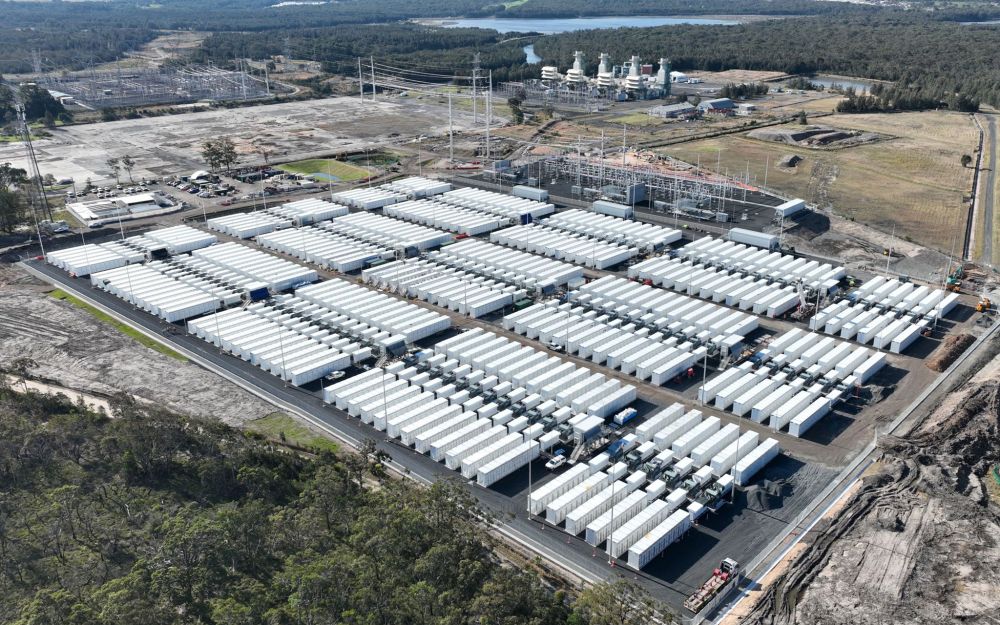Akaysha Energy Secures $196M Debt Facility to Expand Battery Storage Portfolio

- A$300 million multi-currency facility backed by BNP Paribas, Deutsche Bank, ING, SMBC, and Westpac
- First borrowing base loan structure for renewables in Australia, adaptable to portfolio growth
- Financing will advance large-scale BESS projects across Australia, US, Japan, and Germany
Sydney leads with new financing model for renewables
Akaysha Energy has secured a A$300 million ($196 million) corporate debt facility to accelerate the rollout of large-scale battery energy storage systems (BESS) in Australia and international markets. The transaction, backed by a syndicate of global and domestic banks, is the first borrowing base loan of its kind applied to the renewables sector in Australia.
The three-year revolving loan and Letter of Credit facility, denominated in Australian dollars, euros, and US dollars, provides Akaysha with both scale and flexibility to finance its pipeline of projects. BNP Paribas, Deutsche Bank, ING, Sumitomo Mitsui Banking Corporation, and Westpac served as lead lenders.
First-of-its-kind borrowing base structure
Borrowing base structures are common in the US renewables and oil and gas industries but are new to the Australian energy transition. By linking loan capacity to the underlying value of operational and development-stage assets, Akaysha can increase the size of the facility as its portfolio grows.
Andrew Wegman, Chief Financial and Investment Officer of Akaysha Energy, described the facility as “a landmark for the Australian renewables sector,” adding that it would enable the company to “capitalise on the extensive set of near-term opportunities in Australian and global energy markets.”
He said the strong participation of leading banks demonstrated “confidence in both Akaysha’s strategy and the central role that large-scale batteries will play in ensuring a secure and sustainable energy transition.”
Building on the Waratah Super Battery
The financing follows operational delivery of Stage 1 of the Waratah Super Battery, now the world’s most powerful BESS. That project, designed to stabilize New South Wales’ grid and support greater penetration of renewables, underscores Akaysha’s ability to deliver large-scale assets at critical nodes of the energy system.
With multiple projects advancing in Australia, Japan, the United States, and Germany, the company is positioning itself as a cross-market player in the rapidly expanding storage segment. The International Energy Agency projects global battery storage capacity will need to multiply by more than sixfold this decade to integrate variable renewables and ensure grid stability.
RELATED ARTICLE: TotalEnergies Launches in Belgium Its Largest Battery Energy Storage Project in Europe
Strategic implications for energy finance
For C-suite leaders and investors, the significance lies in the facility’s structure as much as its scale. Borrowing base finance offers a replicable model for other developers seeking capital at portfolio level rather than asset-by-asset. This approach could lower transaction costs, shorten timelines, and attract larger pools of institutional capital into storage.
The backing by European, Japanese, and Australian banks also reflects intensifying competition among lenders to secure exposure to energy transition assets. For corporates and policymakers, it illustrates how financial innovation can accelerate deployment of enabling technologies at a pace aligned with decarbonization targets.
Global and regional stakes
Australia, with its high share of variable renewables and ageing coal fleet, is one of the most critical testbeds for grid-scale storage. Success in financing and building projects at scale has implications well beyond national borders. If the borrowing base structure proves durable, it could set a precedent for financing storage pipelines across Asia-Pacific and Europe.
Akaysha’s facility shows how governance, finance, and technology are converging to meet the operational demands of a decarbonized grid. For executives weighing capital allocation, the message is clear: battery storage is moving into the mainstream of energy infrastructure, with financial tools adapting to support rapid global growth.
Follow ESG News on LinkedIn








